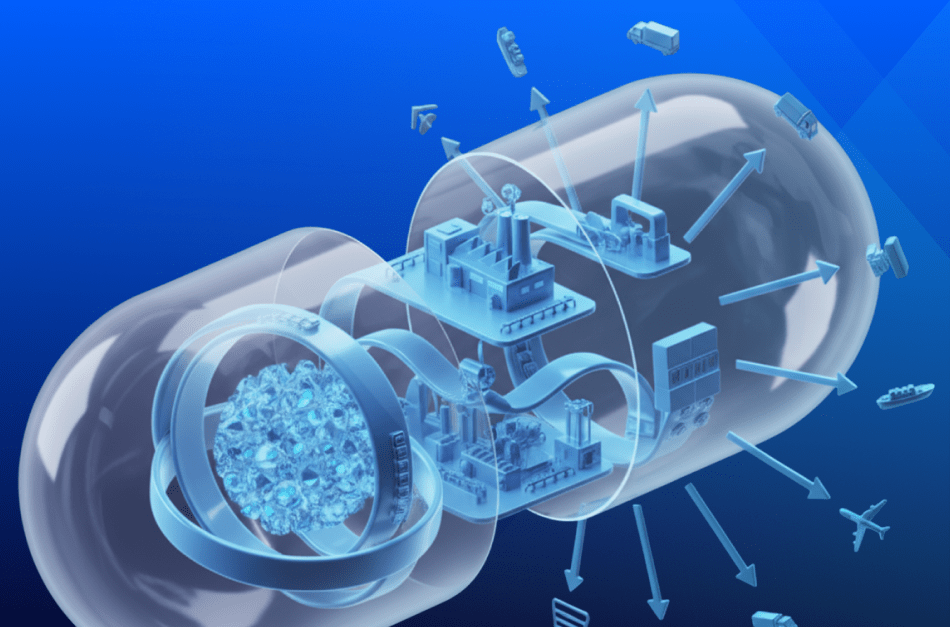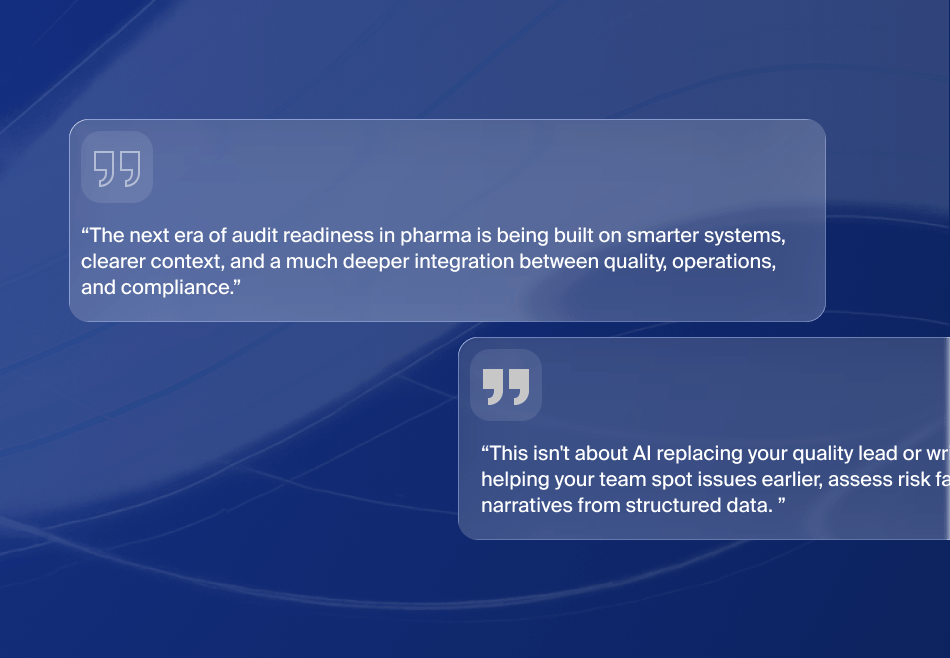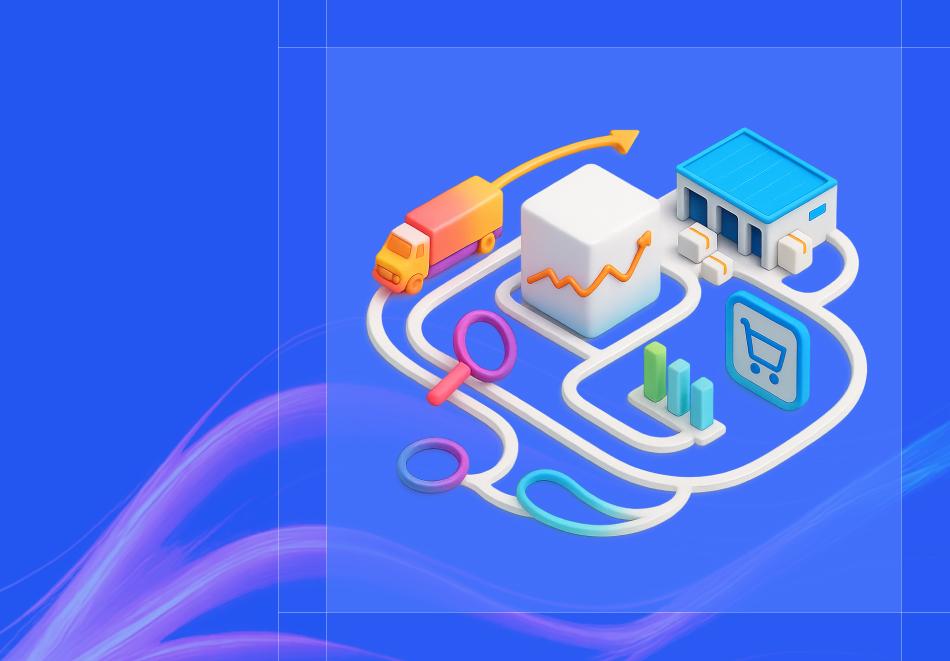At a Glance
- Worldwide pharmaceutical companies are dealing with drug counterfeiting, adulterations, supply chain thefts and packaging glitches.
- Serialization is much more than just applying barcodes to personalized medicines.
- This modern age of fast-paced digitization calls for modifications and improvements in serialization techniques.
- To better strengthen the supply chain, loopholes need to be identified and closed.
- Transparency needs to be maintained for every drug dose.
- Pharmaceutical companies and their supply chain vendors should use of advanced analytics, cloud computing and the Internet of Things (IoT) to get a grip on modern serialization techniques.
Introduction
Traceability in pharmaceuticals is now very much seen as a global mandate. With laws differing from country to country, major pharmaceutical companies are looking for ways to improve how they track and trace their products in the supply chain to always remain in compliance.
Struggling to meet those requirements continuously is causing pharmaceutical companies to develop and implement new serialization techniques. Supply chain security, battling counterfeit and altered drugs, better product traceability, and overall cost-savings are chief among the motivations.
Reports suggest that by 2023, more than 90% of the global drug supply will be scrutinized under track and trace regulations. The program will enhance patient safety measures by combating drug counterfeiting.
Serialization is no longer restricted to global compliance mandates either. It’s helping more and more pharmaceutical companies add transparency, accountability and integrity to their supply chains.
Serialization is proving to be more effective at reducing shrinkage (i.e., errors and theft) than other solutions such as sturdy packaging and traceable 3D hologram models.
Figure: 1Common Loopholes in the Pharmaceutical Supply Chain

Innovation is the key to improving trace and track in any supply chain model, including the frequently complex pharmaceutical supply chain.
Companies worldwide are investing millions of dollars in maintaining product integrity.
Assigning unique identification numbers or barcodes to individual items (such as a strip of tablets or a bottle of medicine) for computerized serialization and tracking is becoming among the best ways to maintain product integrity.
Among newer innovations and latest trends in serialization in the pharmaceutical supply chain.
Data Encryption and Data Security
The ultimate aim of pharmaceutical supply chain serialization is to ensure consumers get the right drugs at the right price and quality. At the same time, companies that trace and track their products end up knowing where each shipment is at any given moment.
Verification for this requires very strict data management and security. One way to get it done is through computerized encryption that lets only designated people read the data.
The pharmaceutical industry loses on average 4.5% of its potential revenue because of supply chain inefficiencies.
Recalling Individual Products
The pharmaceutical industry is highly susceptible to recalls caused by poor packaging, leading to contaminated products that could harm patients.
Previously, these recalls were made at batch-levels, causing massive revenue loss as well as disrupting the supply chain. Narrowing defective medicines to individual units makes it possible for companies to limit recalls to specific products. The same serialization can then be used to determine when and where the product was altered or contaminated.
Figure: 2 Serialization to Improve Track and Trace

Use of Advanced Analytics
By studying buying trends, life sciences organizations and their research groups constantly work to understand what consumers need and want. Using advanced analytics applications like Microsoft Power BI to create in-depth business intelligence reports is becoming the best way to help realize and act on these patterns. Power BI’s dashboards take advantage of interactive visualizations to help users make informed decisions about if and when they need to alter their production schedules to keep up with market demand.
Enhanced Visibility at Every Level of Supply Chain
Serialization is a good way for companies to provide accountability regarding compliance with government regulations. It’s also an excellent way to enhance visibility and improve monitoring at every level of the pharmaceutical supply chain. Knowing how much you have and where to reduce stock-outs improves the overall distribution and ensures your products are available when and where the consumers want them.
Barcoding and Labeling
Barcodes can provide a lot more information than just a serial number alone. You can include electronic links to product information sheets, safety data sheets, ingredients, storage requirements, shipping requirements, dosage levels, and other information. All a worker needs to scan a code made with advanced label-making capabilities using a barcode reader or cellphone to access this data on the spot.
$200 billion (10%): that is the global monetary cost of counterfeit drugs according to the World Health Organization.
One million: That is the annual cost in human lives each year from fake and altered medicines according to Interpol.
Serialization’s Impact on Companies
In the United States, the serialization of all drugs at the sealable unit and case level became a requirement with the passage of the Drug Supply Chain Security Act (DSCSA) in November, 2017. This requirement had an impact on pharmaceutical companies and their supply chain vendors that had to ensure serialization of all drugs at an individual container or dose level with barcodes for better tracking and tracing.
Ultimately however, this has led to a number of benefits including:
- Better market visibility down to individual drug demand. This helps by allowing for more efficient drug distribution.
- Warehouses and inventories need to be equipped with a fortified drug distribution plan.
- Better understanding and communication among cross-functional teams. Since serialization provides an inflow and outflow of different information, life sciences researchers, packaging personnel, IT experts, and distributors alike can share any data available for a particular drug.
Challenges in Serialization
Like any other change across the supply chain, serialization has its own set of challenges, including:
- Hardware Setup and Updates
Companies need to ensure they have the right equipment and supplies on hand at all times to print the labels, barcodes and seals required for serialization. - Steady Flow of the Production Line
Introducing serialization and the training required to understand the process might have an impact on the production line early on as labeling each and every product may initially slow down the process. - Higher Costs
Adding serialization to an existing process often means adding costs in terms of hardware, software, and people. These costs can be reduced by using pooled investments and sustainable hardware and software applications. - Skilled Personnel Shortage
Newer, digital methods of serialization require a workforce that understands what needs to be done. Companies are facing a lack of a skilled, technically sound employee base to implement their serialization strategies. - Technical Glitches
Serialization should ultimately require minimal human intervention, aiming to significantly reduce manual errors. With anything else so integrated, you will need to make sure any technical issues can be identified and addressed in a timely manner to avoid any major disruptions to production.
XcelPros’ Microsoft Dynamics 365 solutions enable pharmaceutical companies to seamlessly implement serialization for better compliance and enhanced track and trace.
Key Benefits of Serialization in Operations
Pharmaceutical companies able to take advantage of advanced digital serialization processes for their supply chain operations often realize a number of benefits, including
- Easy end-to-end implementation across the supply chain
- Efficient sealing of supply chain loopholes to combat drug counterfeiting and packaging mistakes
- Minimal human intervention required, making serialization a fool-proof, effective way to ensure brand authenticity and reduce batch recalls
- Full compliance with government traceability regulations
- Reduction of counterfeit drugs and compromised quality.
Final Thoughts
Overall, serialization in the pharmaceutical supply chain plays a significant role in avoiding drug theft, counterfeiting, batch recalls, and other potential hazards. Every pharmaceutical company needs to have a unique serialization process to meet its requirements. Newer serialization software uses advanced analytics for better drug distribution and fewer stock-outs.
With government mandates requiring pharmaceutical companies and their supply chain vendors to understand and master the technical details of implementing serialization at batch and case levels in an effort to fortify their supply chain and enhance visibility, these companies need to be prepared to overcome any challenges that arise. Is your track and trace solution ready?








